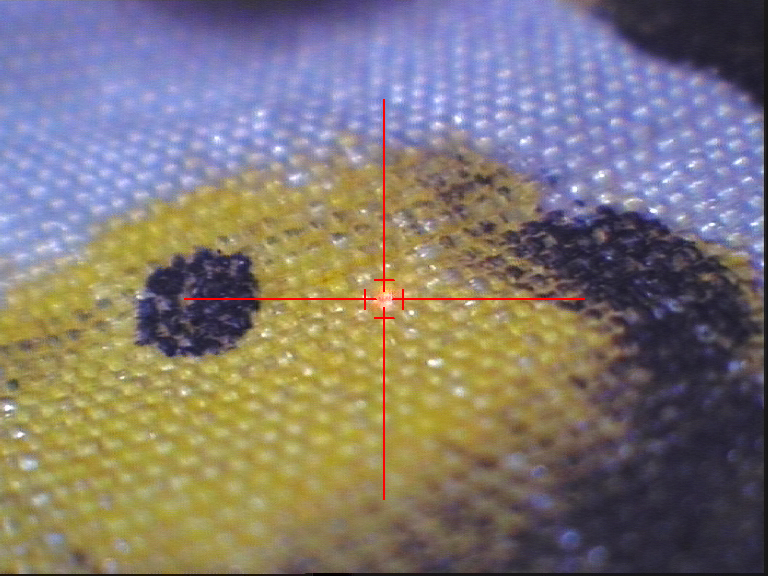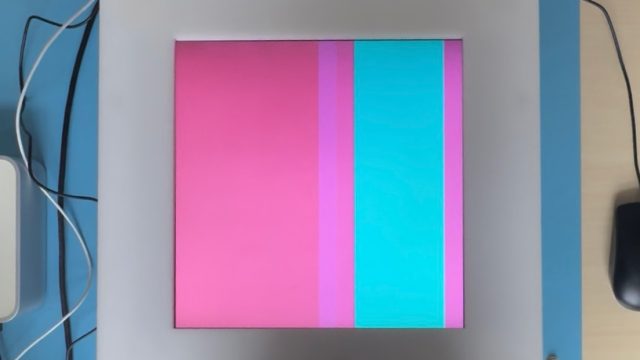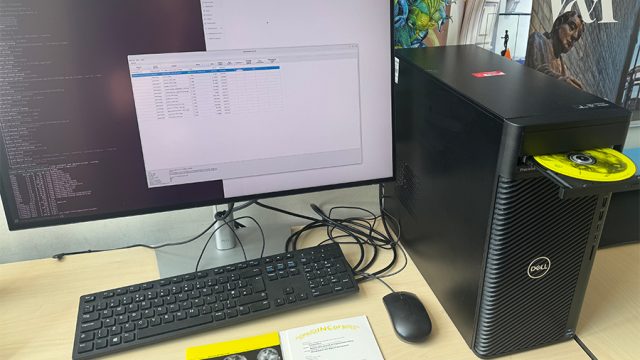This blog by Senior Scientist Lucia shows a few examples of how the scientific analysis of museum objects contributes to temporary exhibitions.
Written by Lucia Burgio, Senior Scientist (Object Analysis)
Every time a new V&A exhibition is planned, the Science Section get excited: whether it is for environmental condition recommendations and monitoring, insect pest management, objects’ examination and analysis, we are always involved in one way or another.
The Fashioned from Nature exhibition was no different. My main duties involved the technical examination and scientific analysis of museum objects, and during the months leading to the opening of the exhibition I was asked to check many of the exhibits. Why? The reasons are different every time, but in this specific instance I can identify three main types of requests:
- Checking and identifying the fibres in the objects – we need to make sure we report the correct information on the labels and in the catalogue;
- Identifying the components of metal threads in the objects so that the correct cleaning and conservation procedures can be adopted;
- Analysing any pigmented areas on painted fabric to make sure no hazardous materials are present and the objects are stable.
Some of these analysis requests are routine and rather mundane. But often the objects that come my way are so very interesting and beautiful, and the more you look at the details, the more stunning the objects become…
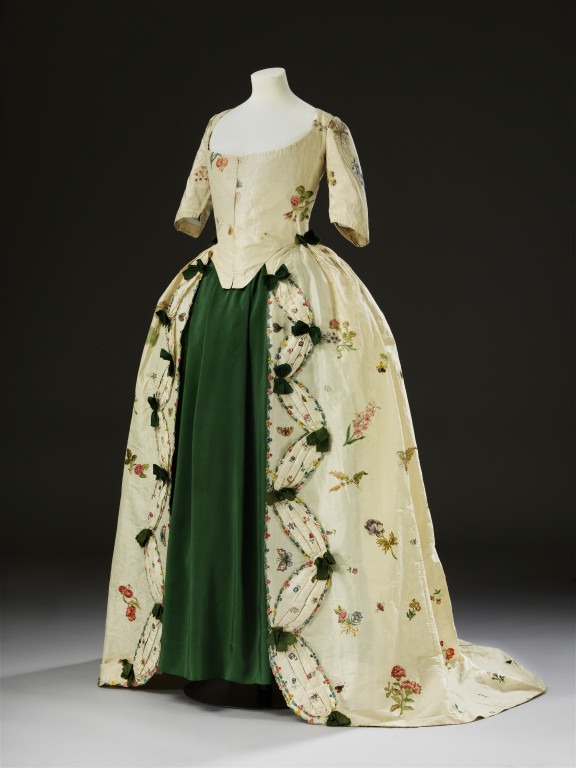
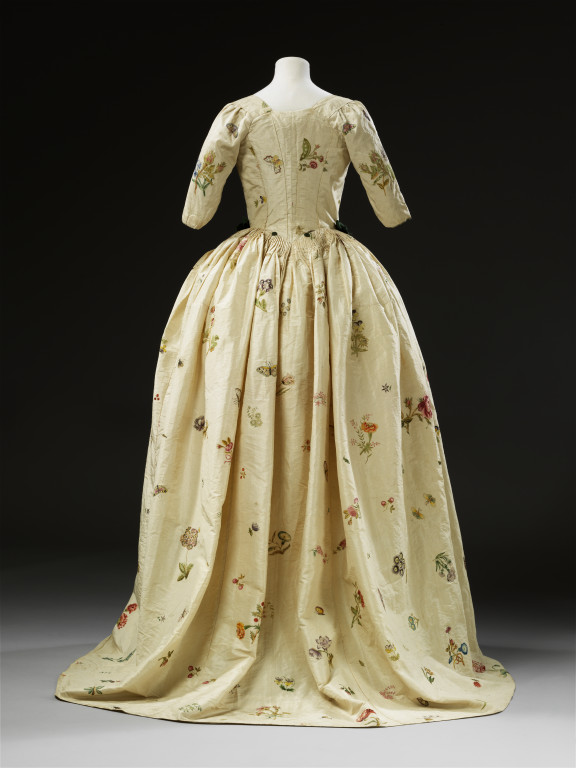
Take this woman’s gown of painted silk taffeta, made in Britain during the 1770s and altered between 1780-85: the flora and fauna decoration looks quite simple, but when you start looking at the details, the individual flowers and butterflies are so skilfully painted, and are all different from one another!
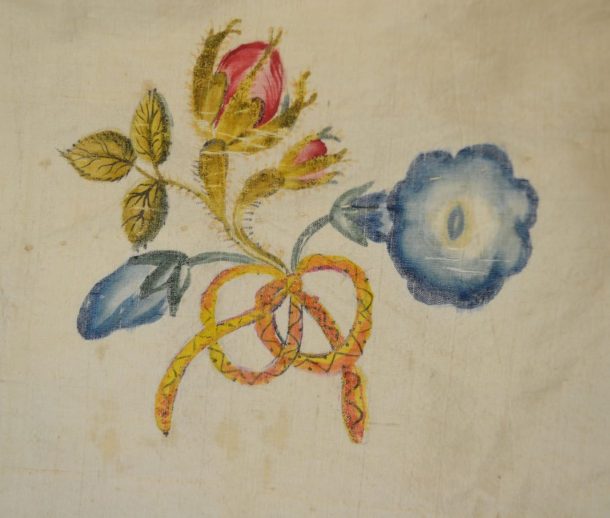
We were able to do the analysis on the gown itself, without taking any samples, using an X-ray fluorescence (XRF) spectrometer that tells us what chemical elements are present in the areas analysed.
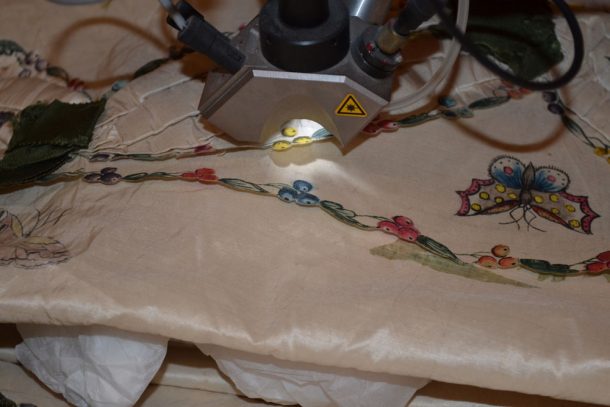
We had two main concerns:
- the composition of the bright yellow and orange pigments used (we thought they may contain arsenic and/or lead, and therefore be poisonous!)
- the copper-containing pigments which were present in green areas that were visibly damaged and unstable.
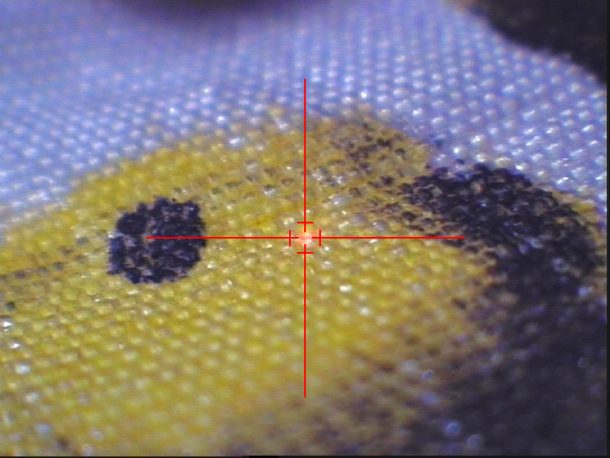
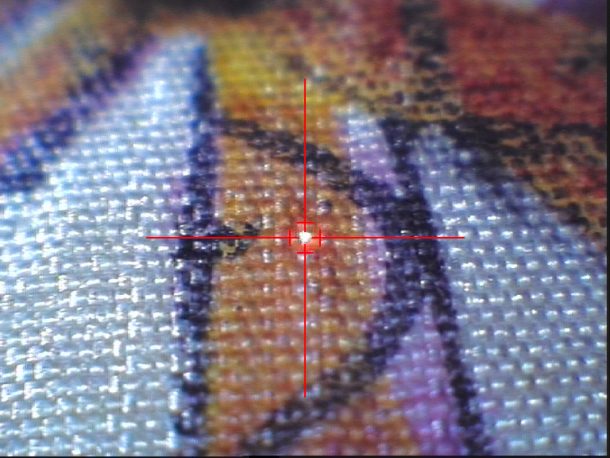
Sigh of relief: no arsenic is present, but small amounts of lead were detected in several areas, suggesting that the toxic pigment lead white had been used.
Some of the green areas that showed evidence of damage turned out to contain copper. But many other areas that contained large amounts of copper showed no sign of damage at all! This was quite puzzling… but the object needed to be prepared for display and there was no time to investigate this matter further.
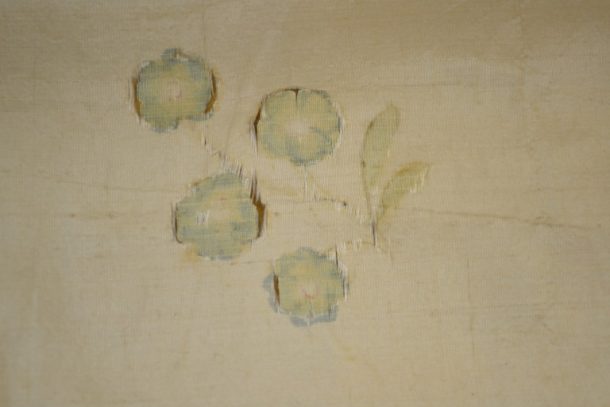
There is always so much to do, so many objects and so many questions about them: the pace of work is relentless, but it makes our life very interesting!
In the next blog post, archivist Gary Haines will discuss the fascinating history of the Animal Product collection from which many of Fashioned from Nature‘s objects were chosen.
